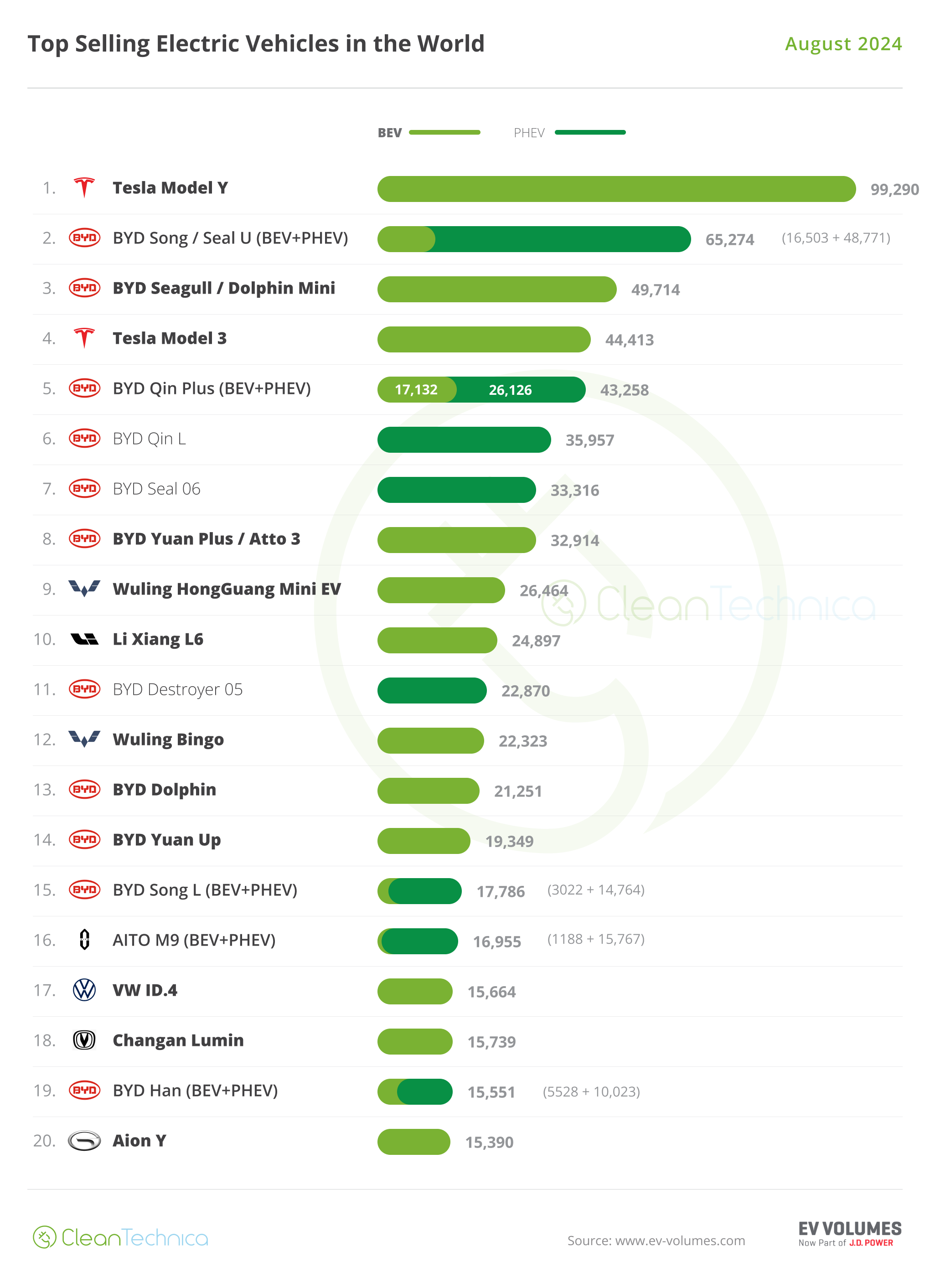Sign up for daily news updates from CleanTechnica on email. Or follow us on Google News!
The most severe harms from climate risks fall disproportionately upon underserved communities that are least able to prepare for and recover from heat waves, poor air quality, flooding, and other impacts. Advancing environmental justice and addressing the disproportionate effects that climate change is having on the most vulnerable can become a primary goal of municipalities across the US — if they can locate the right funding channels to create a more equal climate playing field.
Hiring engineers who are knowledgeable about a wide variety of funding sources can help.
I’m attending the Florida Shore and Beach Preservation Association Conference this week. Among the various speakers, I heard Angela Schedel from HDR Engineering in Jacksonville discuss how coastal engineering firms should and can take social equity into account in their coastal projects. Schedel suggested that, if other firms want to better characterize social inequity climate risks, they can assess various community climate risk datasets. These tools help prioritize adaptation projects for funding and help coastal engineering firms to assess annual benefits and avoided damages.
A number of mechanisms to leverage socioeconomic community data emerged during President Joe Biden’s first week in office. He began to tackle climate risks for different communities by establishing the Justice40 Initiative, which directs 40% of the overall benefits of certain federal investments to flow to disadvantaged communities (DACs).
Such investments fall within the sectors of:
- clean energy and energy efficiency;
- clean transit;
- affordable and sustainable housing;
- training and workforce development;
- the remediation and reduction of legacy pollution; and,
- the development of clean water infrastructure and wastewater infrastructure.
The Office of Management and Budget (OMB) Interim Implementation Guidance defines a community as either:
- geographic: a group of individuals living in geographic proximity (such as census tract), or,
- common condition: a geographically dispersed set of individuals (such as migrant workers or Native Americans), where either type of group experiences common conditions.
Poverty, high unemployment, linguistic isolation, high housing cost, disproportionate impacts from climate change, high energy cost burden and low energy access, limited water and sanitation access, and affordability are all examples of communities that may be eligible for the Justice40 initiative, according to Schedel. Schedel pointed out that the Climate and Economic Justice Screening Tool (CEJST) is a geospatial mapping tool designed to identify such disadvantaged communities that are marginalized and overburdened by pollution and underinvestment. The CEJST features a user-friendly, searchable map across all 50 states, the District of Columbia, and the US territories, to the extent data are available.
Within each category of the CEJST tool, there may be several indicators using a variety of datasets. For example, within the “climate change” category, there are 5 indicators (expected agricultural loss rate, expected building loss rate, expected population loss rate, projected flood risk, and projected wildfire risk) and 1 socioeconomic indicator (low income). Meeting the threshold of 1 indicator in the climate change category in addition to the socioeconomic indicator will cause the census tract to be identified as a DAC. CEJST v1.0 has a total of 37 indicators among 8 categories plus socioeconomic indicators (low income).
The federal government has been applying interim guidance and reviewing programs for inclusion into the Justice40 Initiative in the last 3 years, further explaining “covered programs.” A covered program is a federal government program that falls in the scope of the Justice40 initiative because it includes investments that can benefit disadvantaged communities across one or more areas. Many federal sectors have issued Justice40 parameters, including the USACE, which was of particular interest to the attendees at the FLSBPA conference. The covered programs list for the Army Corps are:
- Aquatic Ecosystem Restoration – Construction
- Aquatic Ecosystem Restoration – Investigations
- Flood and Storm Damage Reduction Program – Construction
- Flood and Storm Damage Reduction Program – Investigations
- Continuing Authorities Program
- Floodplain Management Services
- Planning Assistance to States
- Tribal Partnership Program
- Pilot Programs on the Formulation of Corps of Engineers Projects in Rural Communities and Economically Disadvantaged Communities
- Pilot Program for Continuing Authority Projects in Small or Disadvantaged Communities (Section 165 of WRDA 2020)
- Formerly Utilized Sites Remedial Action Program (FUSRAP)
Tools that Uncover Social Equity Data for Climate Risks
To incorporate equity into coastal engineering, the federal government offers assistance for social equity programs that seek to mitigate climate risks.
FEMA is providing greater access to its Building Resilient Infrastructure and Communities (BRIC) program. BRIC supports states, local communities, tribes, and territories as they undertake hazard mitigation projects, reducing the risks they face from disasters and natural hazards. The program’s guiding principles are supporting communities through capability and capacity building; encouraging and enabling innovation; promoting partnerships; enabling large infrastructure projects; maintaining flexibility; and providing consistency.
Flood Mitigation Assistance (FMA) grant programs are for eligible communities by addressing one of the challenges identified by stakeholders — successful completion of a project Benefit-Cost Analysis (BCA). Flood Mitigation Assistance competitive selections focus on reducing or eliminating the risk of repetitive flood damage to buildings and structures insured by the National Flood Insurance Program (NFIP), and with NFIP-participating communities.
Social Vulnerability Index (SVI) refers to the potential negative effects on communities caused by external stresses on human health. Such stresses include natural or human-caused disasters. Reducing social vulnerability can decrease both human suffering and economic loss.
The FEMA National Risk Index (NRI) is a dataset and online tool to help illustrate the US communities most at risk for 18 natural hazards. The 18 natural hazards included in the National Risk Index are: avalanche, coastal flooding, cold wave, drought, earthquake, hail, heat wave, hurricane, ice storm, landslide, lightning, riverine flooding, strong wind, tornado, tsunami, volcanic activity, wildfire, and winter weather.
The EPA Environmental Justice Tool (EJScreen) is based on nationally consistent data and an approach that combines environmental and demographic indicators in maps and reports. EJScreen allows users to access high-resolution environmental and demographic information for locations in the US and compare their selected locations to the rest of the state, EPA region, or the nation. The tool may help users identify areas with:
- People of color and/or low-income populations;
- Potential environmental quality issues;
- A combination of environmental and demographic indicators that is greater than usual; and,
- Other factors that may be of interest.
UCF & UoSC SoVI is a compendium of spatial analytical information, data, methods, and application for integrating hazard and climate information to advance equitable planning and management and adaptive capacity in communities as they respond to disaster risks and climate change. In addition to basic research, and well beyond the common practice of determining impacts via direct flooding, SoVI assists practitioners and communities to foster resilience and facilitates local, state, and federal efforts to improve emergency preparedness, planning, and recovery by providing technical assistance and translational products to foster evidentiary based policy and practice.
Have a tip for CleanTechnica? Want to advertise? Want to suggest a guest for our CleanTech Talk podcast? Contact us here.
Latest CleanTechnica TV Video
I don’t like paywalls. You don’t like paywalls. Who likes paywalls? Here at CleanTechnica, we implemented a limited paywall for a while, but it always felt wrong — and it was always tough to decide what we should put behind there. In theory, your most exclusive and best content goes behind a paywall. But then fewer people read it!! So, we’ve decided to completely nix paywalls here at CleanTechnica. But…
Thank you!
CleanTechnica uses affiliate links. See our policy here.





